Faith Ringgold: “I am very inspired to tell my story, and that’s my story.”
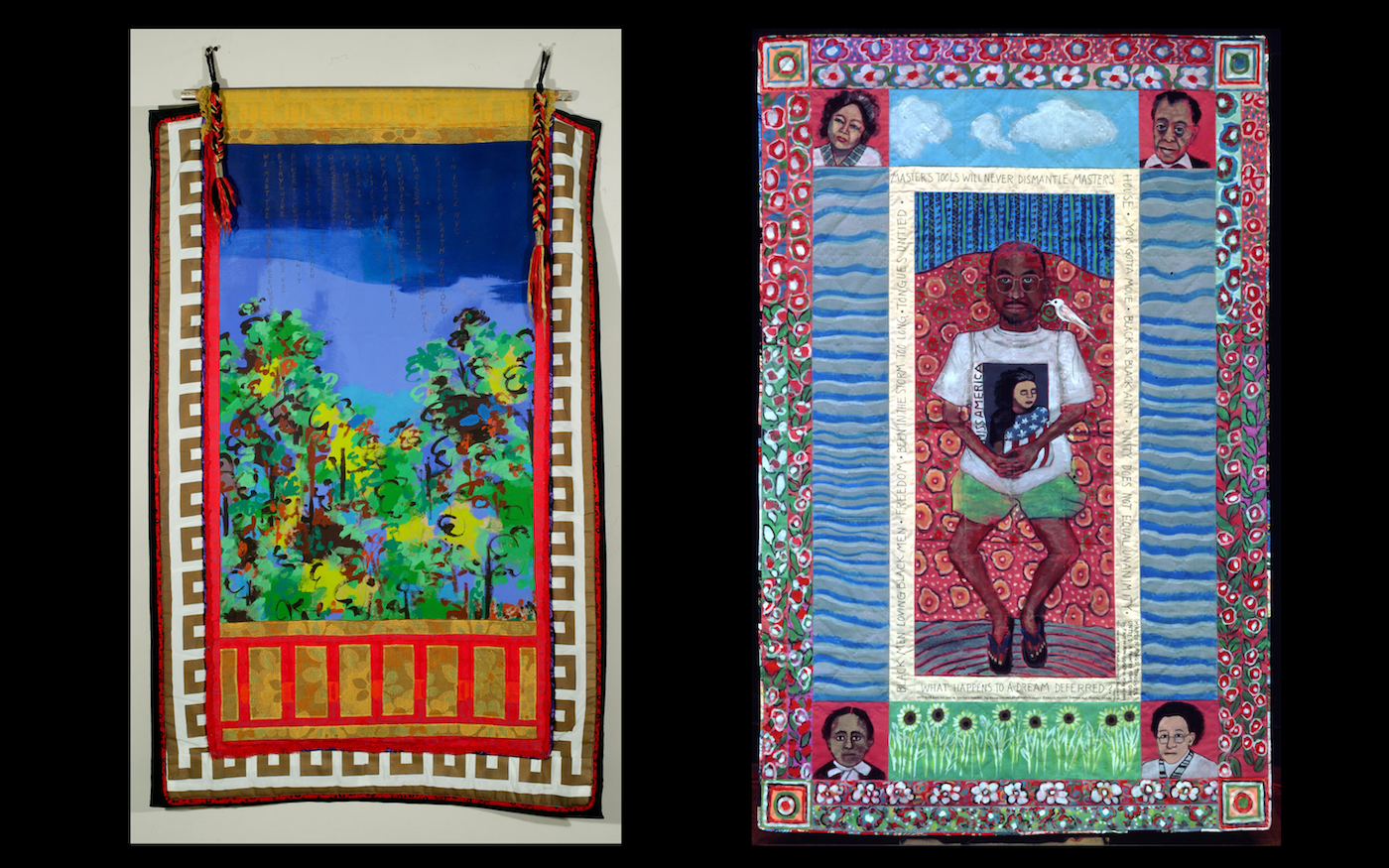
16 April 2024
Magazine C& Magazine
Words Will Furtado
6 min read
With this interview from 2018, we would like to pay tribute to a true trailblazer: artist, storyteller and activist Faith Ringgold, who has now passed away and leaves behind a great legacy.
In our ongoing series of round-table discussions we ask a selection of artists and art practitioners to answer a set of questions on a specific topic. This time around the theme is “identity” and the invited artists include Elisabeth Efua Sutherland, Faith Ringgold, Zineb Sedira, and Kelvin Haizel.
“Identity” and “identity politics” are terms with which artists from Africa and the Diaspora are often associated, whether they like it or not. This has been the case for decades, or rather ever since there has been a debate around artistic production by artists from African perspectives. The idea that those artists are working on “identity” may be one of the assumptions made by a “Western” audience — and this applies just as much to Black communities. But is this fair? Is it not also leading to a “burden of representation,” as Kobena Mercer once called it? What does it really mean to make work on our “identity”? And who gets to decide that? And what about those artists with African perspectives who aren’t addressing the issue of “identity”? Their work and viewpoints are relevant and important, as they move away from this “burden to represent.” In this round-table discussion, four intergenerational artists discuss the problematics of these terms and their usage.
Born in Harlem, Faith Ringgold is a veteran US artist who’s been making political art since the 1960s. Ringgold’s oil paintings and posters have often carried strong messages of freedom that have won her fans, including James Baldwin, who wrote her first exhibition review.
One of her most iconic paintings, American People Series #20: Die (1967), depicting a street massacre, hangs at MoMA in New York. Being socially engaged both in her art and life, in 1968 she demonstrated against the exclusion of Black and female artists by New York’s Whitney Museum of American Art. That episode led to her being called the N word for the first time in her life, to which she responded with multiple artworks. In 1970 she made the poster for the People’s Flag Show at New York’s Judson Memorial Church, resulting in her arrest for desecrating the US flag. Never one to quit, in 1971 Ringgold cofounded Where We At, a group for African American female artists. Constantly experimenting with different media, Ringgold has worked extensively with African crafts while breaking with the hierarchy that limits what crafts can do in the fine arts. Another series, which has become her trademark, is of quilts combining images and handwritten text to tell the lives of African Americans. One of these, Tar Beach, was turned into a children’s book published in 1991, the first of Ringgold’s eighteen children’s books. Today, Faith Ringgold is still making art and has even ventured into children’s games, proving that her imagination and prowess have no limits. In April 2018 the artist had her Berlin solo debut, where we met to discuss her life and career.
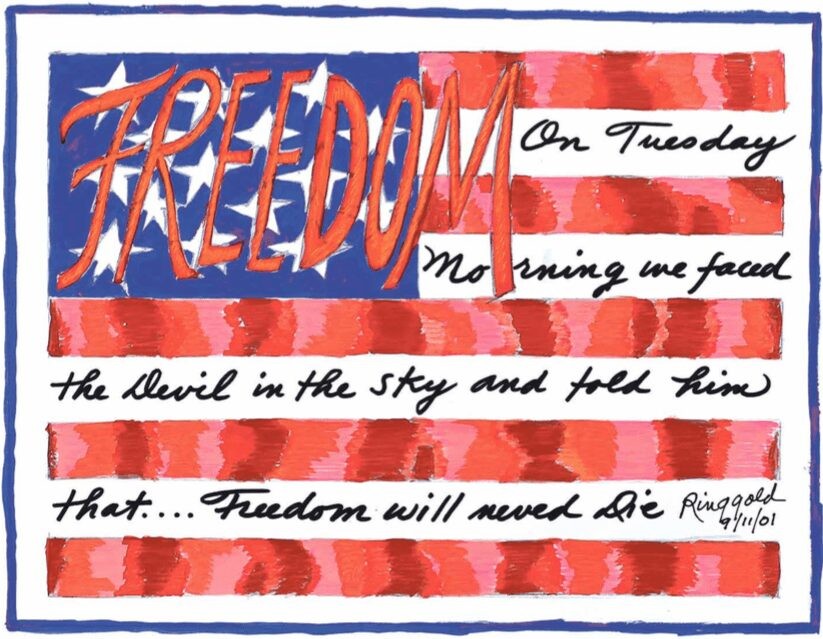
Faith Ringgold, Flag #3, 2003. Felt pen and gouache on pape, 22 x 25 cm. Courtesy the artist and Weiss Berlin
Contemporary And (C&): Your work often deals with race, gender, and social status. Why have these themes remained important to you and how has your approach to working with them evolved?
Faith Ringgold: Well, they remain important to me because they are part of my life’s struggle. I can’t get through the world without recognizing that race and sex influence everything I do in my life. So I’ve spent my life finding and dealing with these issues in a way that will not inhibit my privacy. And so I continue. It continues to be a problem and I continue to struggle.
C&: Why do you think “identity” is a recurring topic with artists from Africa and the Diaspora across generations?
FR: Across different cultures, ethnicities, is this an issue? I don’t know. Actually I’ve never been asked that question. I’m sure it’s not easy being green [laughs]. No, I don’t think so. So I think it probably isn’t. I know it isn’t with African Americans, without a doubt. The visual art world is kind of racist. I’m convinced of that. And not only racist but sexist. In fact, I think it’s more sexist than racist. We have to struggle against it the best we can and see what happens.

Faith Ringgold, Hate Is a Sin, Flag, 2007. Dyptich, silkscreen 4/10, 57 x 56cm. Courtesy the artist and Weiss Berlin
C&: So you think, because of that, we will always have artists who want to explore this issue of identity in their own work?
FR: I think there is a choice that you can make to ignore that and do something else like everything is ok, or you can use that problem to create art that imposes it. I mean, you have a choice – you don’t have to. A lot of artists don’t, like for instance Ed Clark. He’s great but he doesn’t do it. He ignores it and a lot of Black artists don’t think about it. They don’t want to deal with it. Or maybe that is a way to deal with it, I don’t know. But I don’t choose to do it that way and I always do what I want.
C&: How would you refer to your practice when you’re exploring subjects related to your culture or identity? How is it relevant to speak about it in these terms?
FR: It is important because that is who I am. And it is what inspires me. I am very inspired to tell my story and that’s my story. And I can’t imagine just acting like it’s not there, although I have works that don’t fit this situation. Because I really do what I want. So I do it and I don’t do it. I’ve done a lot of work. Not all of it is an expression of racism and sexism, some of it is.
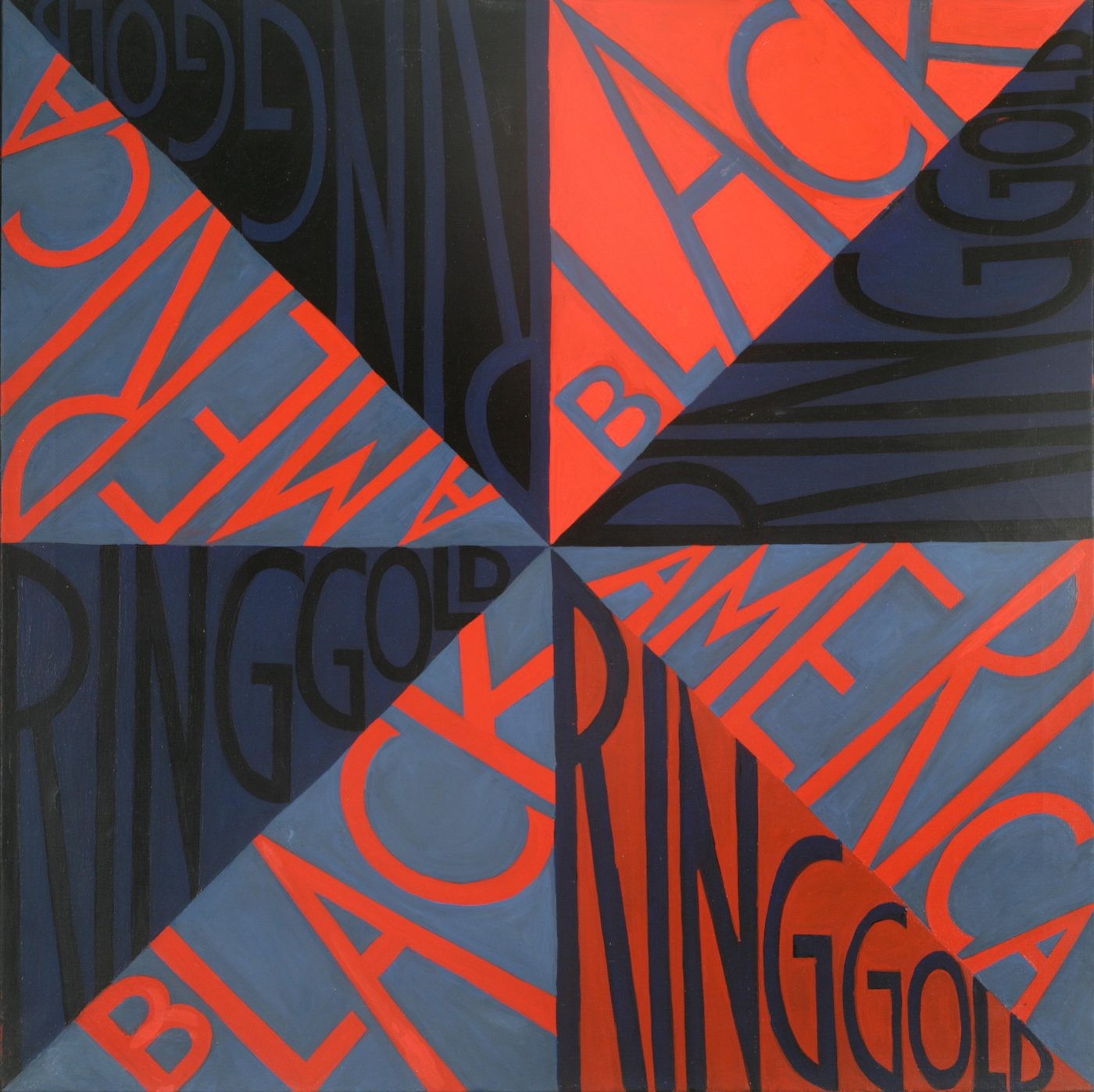
Faith Ringgold, Black Light Series #7: Ego Painting, 1969. Oil on canvas, 76 x 76 cm. Courtesy the artist and Weiss Berlin
C&: When artists from Africa and the Diaspora explore themes beyond their “identity,” a conceptual artist from Accra focusing on Bauhaus for example, they are often questioned in the way white artists aren’t. How do you think this can be challenged?
FR: You have the right to do everything you want as an artist. Your expression, your artistic expression, your visual expression is whatever inspires you. You don’t have to do anything. You can do what you want. And artists have done what they want, or we wouldn’t be here. African artists create all the kinds of ways African American artists do. And that is because they don’t see themselves limited by their race and/or their sex. And they are not! It is only if they miss it, if it inspires them, if it brings them something unique. Other than that, no. You don’t have to do it. Do it because you want to, because you have something special to say. You want to add something, learn something and you are free to do so. Free. You can do what you want. And you go.
Interview by Will Furtado.
This interview was initially published in our new C& Print Issue #9. You can read the full magazin here.
Read more from

On Ghosts and The Moving Image: Edward George’s Black Atlas

Confronting the Absence of Latin America in Conversations on African Diasporic Art

On Exile, Amulets and Circadian Rhythms: Practising Data Healing across Timezones
Read more from
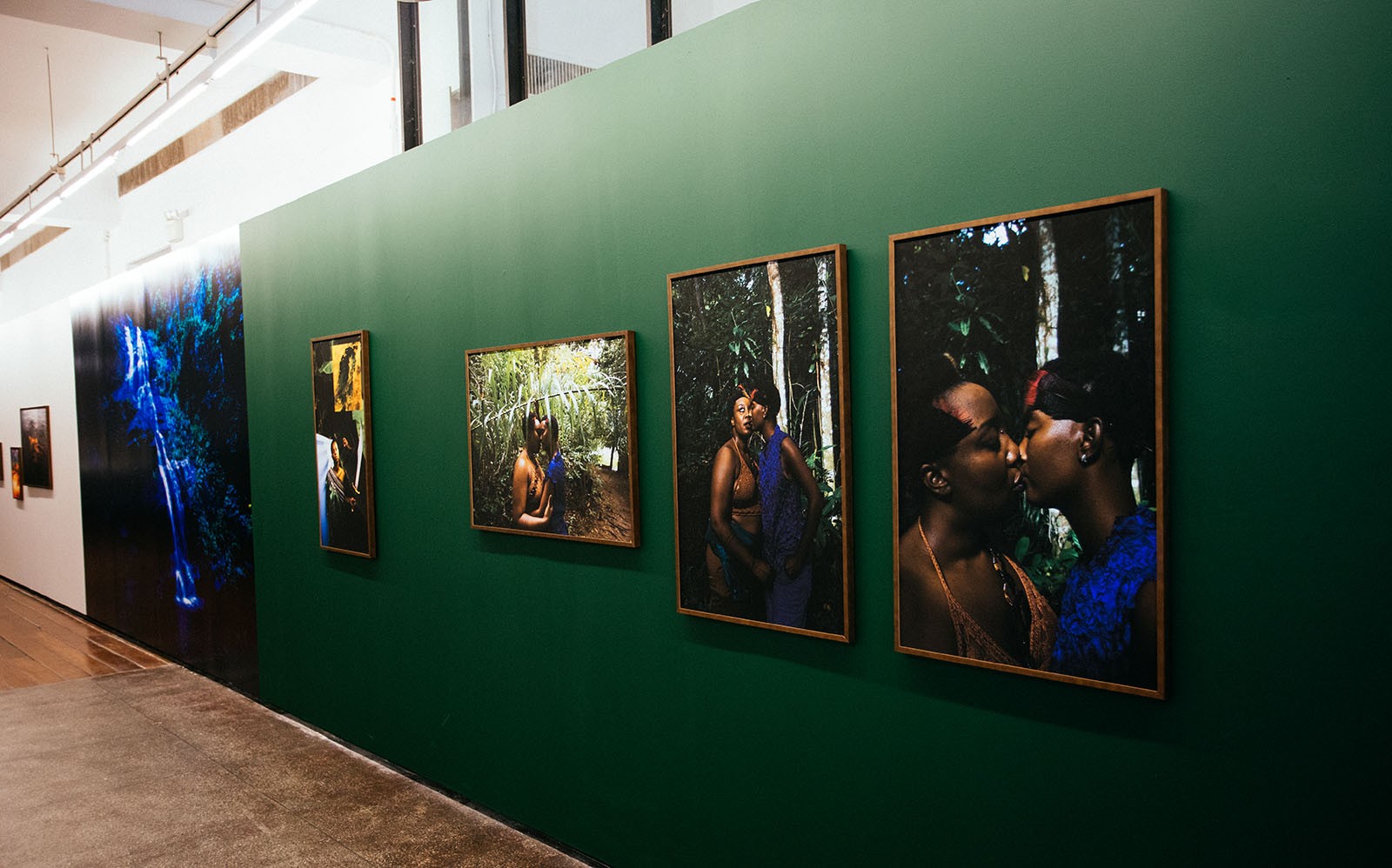
Flowing Affections: Laryssa Machada’s Sensitive Geographies
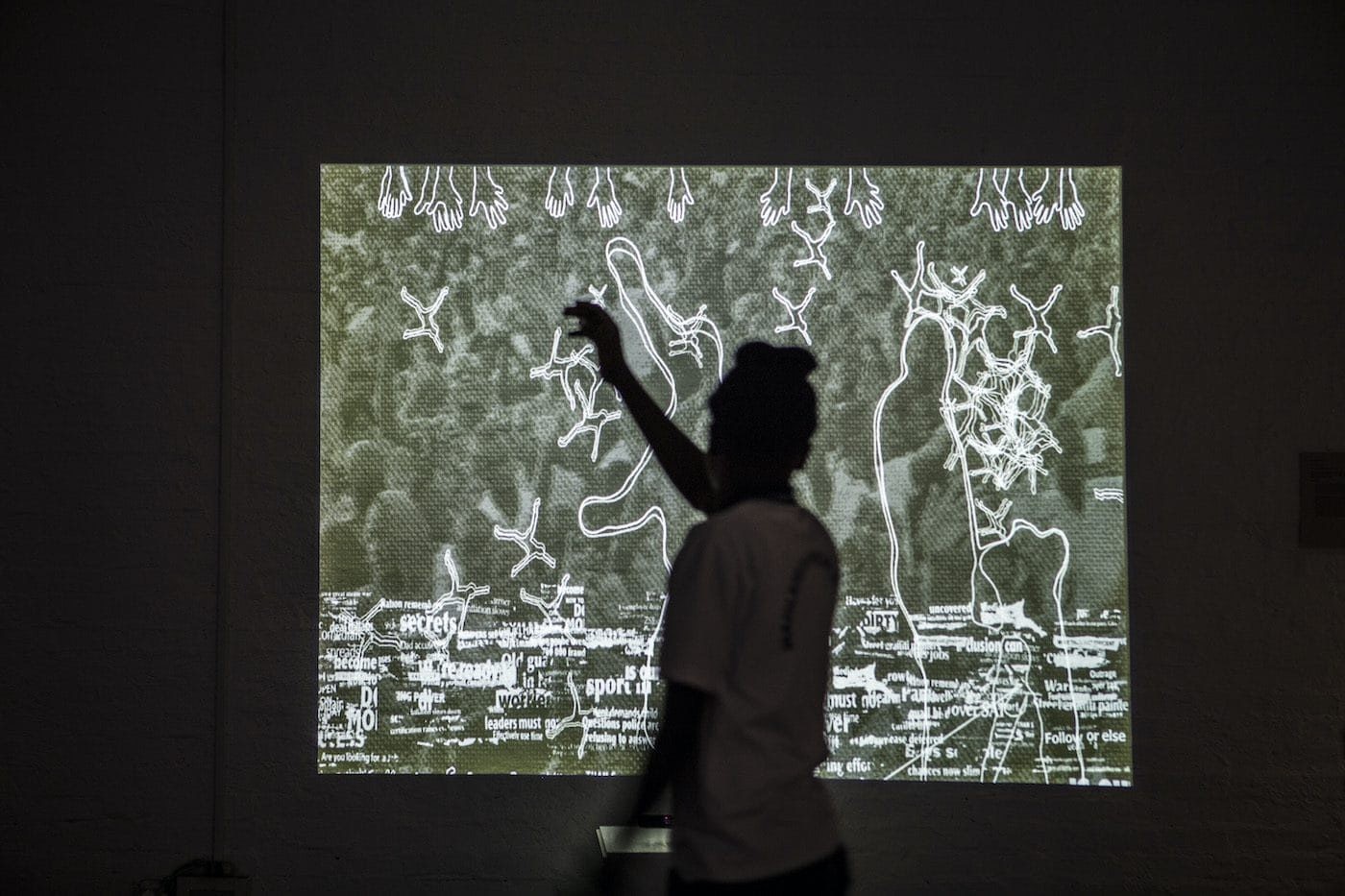
Kombo Chapfika and Uzoma Orji: What Else Can Technology Be?
